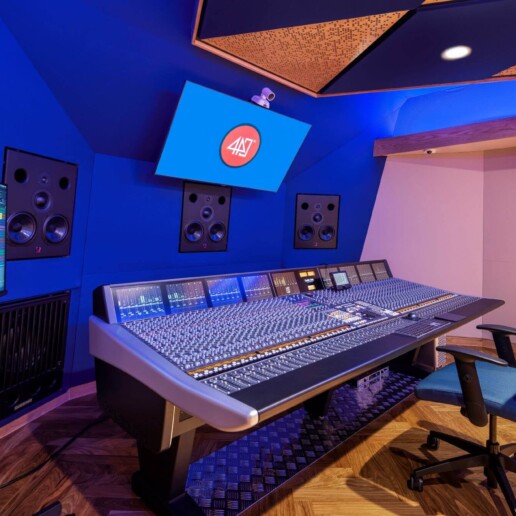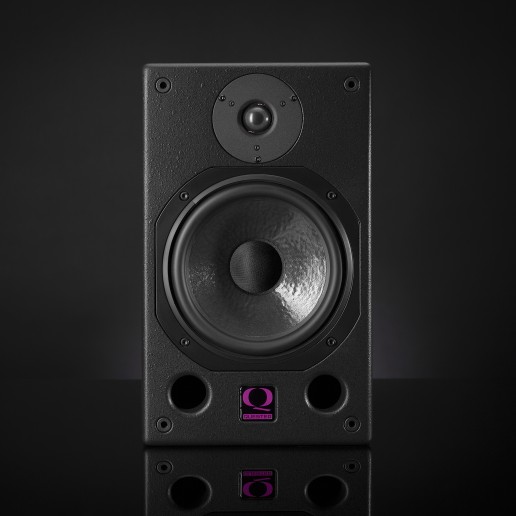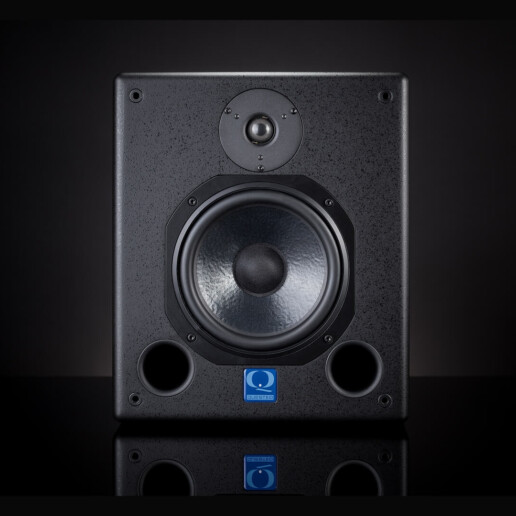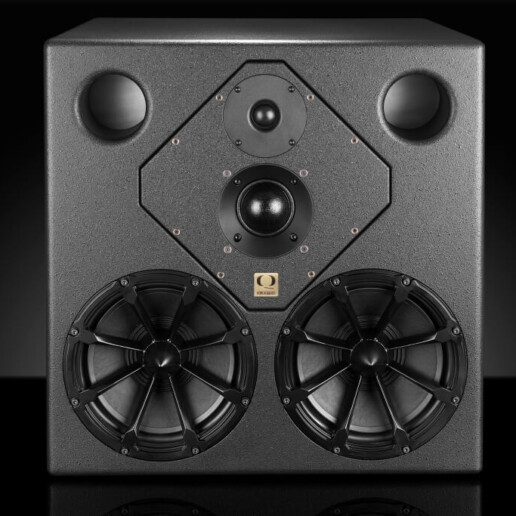Finding the right monitor
We offer three formats of studio monitors; passive, active and massive (large format). Following that we have three core applications of use; nearfield, midfield and main monitors. Most people elect to work on nearfield, passive or active monitors for the majority of the time. Choosing the right monitor for your needs can be a tough decision and it is important to keep in mind what a studio monitors primary purpose is. A studio monitors use is to offer an accurate response that will challenge your mix decisions and ultimately help you to craft a mix that will translate outside of the studio environment.
Multi-channel and immersive systems have become ever more popular in recent years. We have a number of options in this area and have developed two Atmos kits based on your listening distance of up to 2.5m (8ft) and 4.5m (14ft). Please see our passive page for more information.
For more advice on choosing the right monitor please go to our YouTube channel where you will find six short videos that should help answer some of the questions you may have. Just click on the YouTube icon at the bottom right of the page.

Choosing your monitors
GUIDE
Quick reference icons should help you identify key information on each of our monitors. Full specifications can be found on the individual product pages. We develop our products over very long product cycles and unlike a lot of manufacturers, we take a very pragmatic approach to our designs. Whilst we are always investigating new technologies, we often find the simplest way is still the best way. Our products are not reliant on using internal corrective EQ to deliver our desired response. Great time is taken in the selection process of the materials and components along with thousands of measurements and listening tests during the tuning stage of the monitors.
“Truth is ever to be found in the simplicity, and not in the multiplicity and confusion of things” – Sir Isaac Newton
Setting up
All our monitors use soft dome drivers in the high frequency range and on our three ways systems in the mid-range. These drivers offer not only a very smooth delivery of sound but also have wide dispersion characteristics. To achieve the optimum results in the sound stage, they should be positioned with the acoustic centre of the monitors crossing about 1m behind your listening position on the horizontal plane. The height of the monitor should again be determined by the listening position, with the acoustics centre at the same height as your ears. The acoustics centre of the monitor can be found just between the middle of the HF and the LF on the two way monitors or the centre of the mid-range driver on the three and four way systems.



